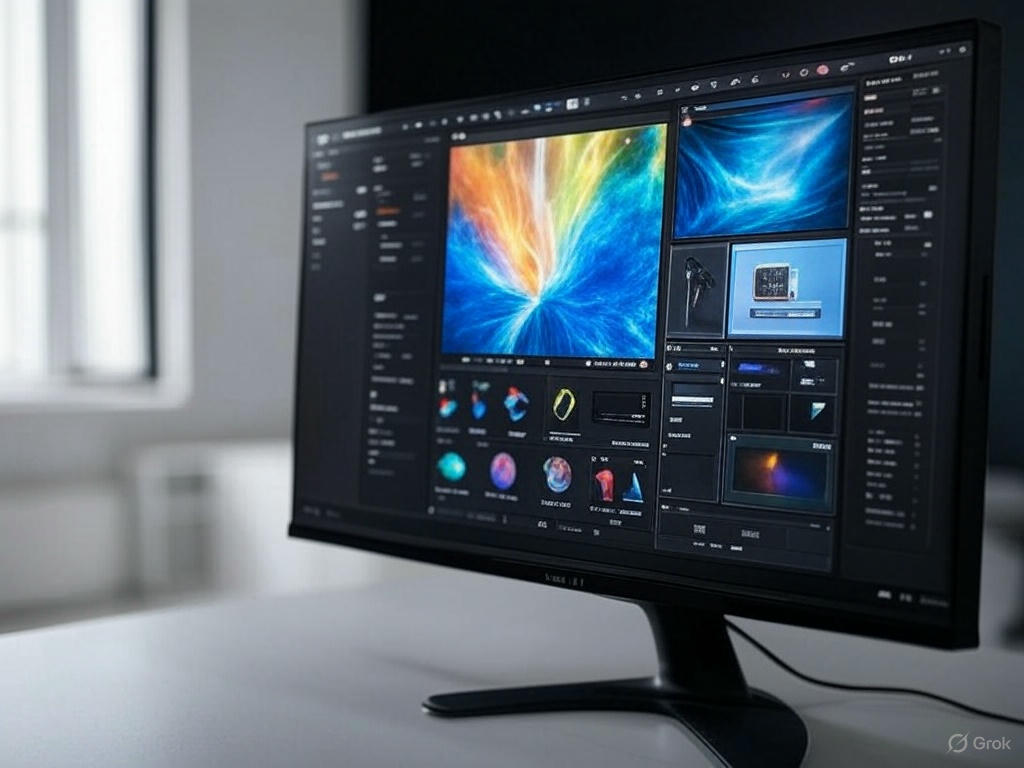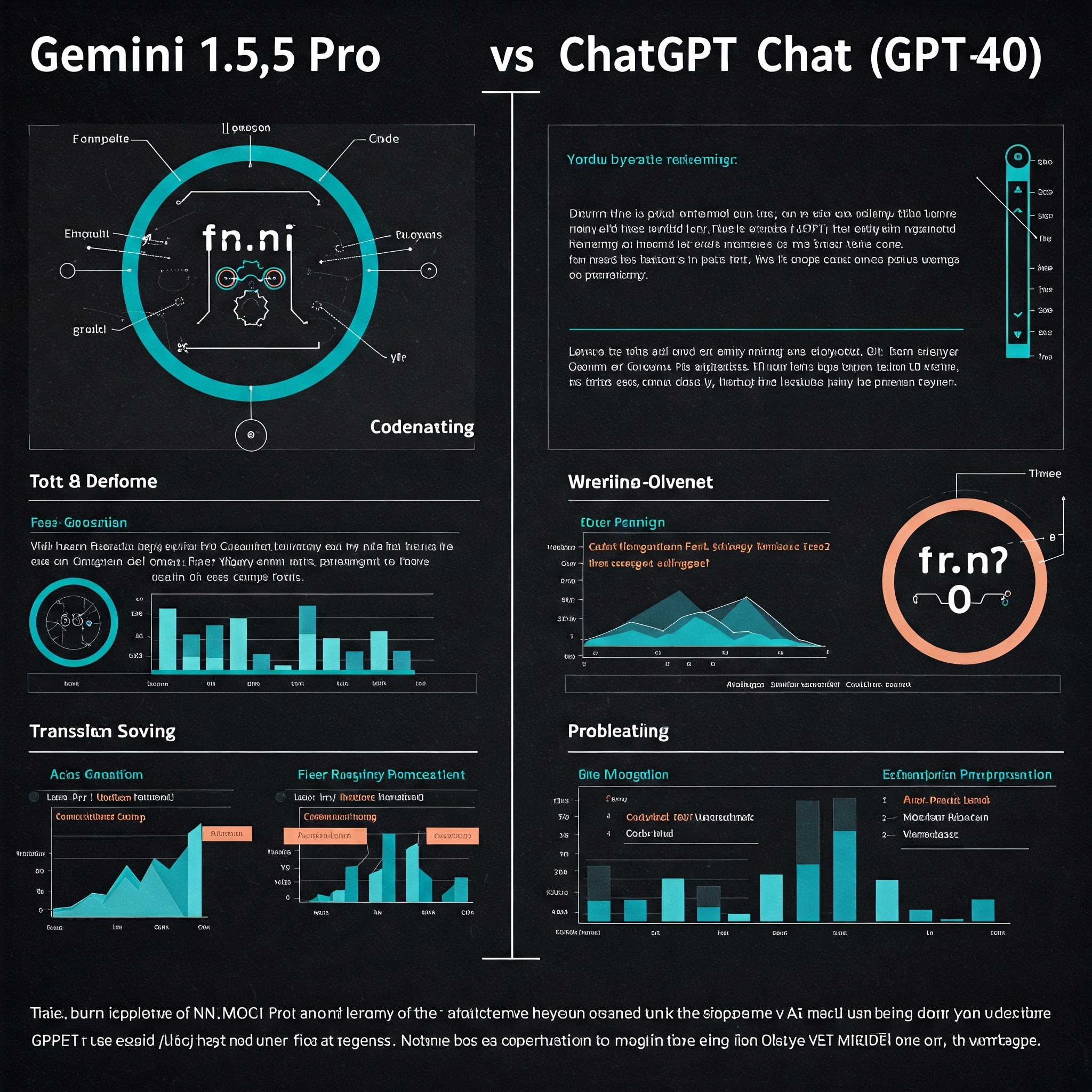The Top 7 AI-Powered Photo Editors for Your Work [2025]

Have you ever wondered which AI-powered photo editor reigns supreme in today’s fast-evolving digital landscape? Wonder no more—this comprehensive guide has all the answers you need. As of March 2025, AI technology continues to transform the way we create and edit visuals, making it an indispensable tool for photographers, designers, and businesses alike.
To put things into perspective, by August 2023, humans had generated approximately 15.5 billion images using text-to-image AI algorithms. That’s a staggering testament to AI’s popularity—especially considering it took photographers 150 years to reach a similar milestone with traditional methods. Now, in 2025, the focus has shifted beyond creation to enhancement, with AI-powered photo editors leading the charge.
Editing photos from scratch can be time-consuming and requires technical expertise that not everyone possesses. That’s where AI photo editors come in, streamlining workflows and delivering professional results with minimal effort. In this guide, we’ll explore what an AI photo editor is, its benefits, how to choose the right one, and—most importantly—the top 7 AI-powered photo editing tools for 2025. Let’s dive in!
What Is an AI-Powered Photo Editor?
An AI-powered photo editor is a software tool that leverages artificial intelligence—specifically machine learning and advanced algorithms—to simplify and enhance manual photo editing tasks. Whether it’s removing a distracting background, upscaling a blurry image, or adjusting colors with precision, these tools do the heavy lifting for you.
Beyond basic edits, AI photo editors can:
- Enhance low-resolution or blurry images.
- Expand images beyond their original borders.
- Crop or reposition subjects seamlessly.
- Perform subtle tweaks to brightness, contrast, and saturation.
How do they work? By analyzing the content of your images, these tools identify patterns and execute edits based on your needs—all in a fraction of the time it would take manually. The result? High-quality edits with less effort, making them a game-changer for professionals and hobbyists alike.
Why Use AI Photo Editors? The Benefits
Why are AI photo editors so popular? A 2023 Pincel survey found that 57.78% of users valued them for saving “precious time,” while 15.56% of respondents who hadn’t tried them were eager to give them a shot. In 2025, these benefits are even more pronounced. Here’s why investing in an AI photo editor is worth it:
- Time Savings: Automating repetitive tasks like color correction or background removal frees you up for more creative work.
- Boosted Creativity: AI tools push the boundaries of what’s possible, letting you experiment with styles and effects—like turning selfies into avatars or generating entirely new backgrounds.
- Improved Quality: From sharpening details to removing imperfections, AI enhances your images effortlessly.
- Cost Efficiency: Many tools offer free versions or affordable subscriptions, making them accessible to individuals and small businesses.
- Precision: AI delivers consistent, error-free results that surpass manual editing in accuracy.
With these advantages in mind, let’s explore the top AI photo editors dominating the market in 2025.
The Top 7 AI Photo Editors for 2025
1. Luminar Neo
Why It’s Great: Luminar Neo remains a leader in AI-driven photo editing, thanks to its intuitive interface and powerful generative AI features.
Key Features:
- AI Image Enhancer: Improves quality using machine learning.
- Sky Replacement & Lighting Tools: Adjusts ambiance effortlessly.
- One-Click Background Removal: Perfect for isolating subjects.
Best For: Photographers and teams of all skill levels.
2025 Update: Expect cloud-based collaboration features and deeper generative AI for adding custom elements to photos.
Luminar Neo’s versatility—available on Windows, macOS, and as a plugin for Lightroom or Photoshop—makes it a go-to choice for professionals seeking polished results fast.
2. Aftershoot
Why It’s Great: Aftershoot excels at batch processing, helping you sift through and edit thousands of images in minutes.
Key Features:
- AI Culling: Filters out blurry or duplicate shots.
- Custom Editing Profiles: Mimics your unique style.
- Face Detection: Keeps only the sharpest portraits.
Best For: Small to medium-sized businesses handling large photo volumes.
2025 Update: Faster processing speeds thanks to optimized AI algorithms.
Perfect for event photographers or marketing teams, Aftershoot integrates seamlessly with tools like Lightroom, boosting efficiency.
3. Adobe Photoshop Lightroom
Why It’s Great: A powerhouse in digital imaging, Lightroom combines AI enhancements with Adobe’s robust ecosystem.
Key Features:
- Mobile Editing App: Edit on the go with ease.
- Video Editing: Apply photo presets to videos.
- Lens Blur Effect: Adds depth to images.
Best For: Adobe users and businesses needing advanced tools.
2025 Update: Enhanced AI video editing and refined blur tools.
Lightroom’s blend of simplicity and sophistication makes it ideal for both beginners and pros in 2025.
4. Canva
Why It’s Great: Canva’s AI-powered design suite includes a user-friendly photo editor, perfect for quick, creative edits.
Key Features:
- Magic Studio: Features like Magic Eraser and Background Remover.
- Auto-Enhance: Adjusts foreground and background separately.
- Magic Grab: Repositions subjects effortlessly.
Best For: Creative businesses, marketers, and startups.
2025 Update: Expanded Magic Studio with 3D content generation.
Canva’s vast template library and AI tools make it a one-stop shop for design and editing.
5. Picsart
Why It’s Great: Picsart is a creative playground with advanced AI editing capabilities.
Key Features:
- AI Image Generator: Creates visuals from text prompts.
- Generative Fill: Reimagines backgrounds seamlessly.
- Collage Maker: Combines images effortlessly.
Best For: Fashion, real estate, and entertainment industries.
2025 Update: Improved generative fill for complex designs.
Picsart’s blend of fun and functionality appeals to creators across industries.
6. Pixlr
Why It’s Great: A free, Photoshop-like editor with robust AI features, Pixlr is accessible anywhere.
Key Features:
- AI Image Generator: Turns text into art.
- Generative Expand: Adjusts image dimensions.
- Face Swap & Object Removal: Quick, precise edits.
Best For: Personal use and freelance designers.
2025 Update: Free batch-editing tools to attract more users.
Pixlr’s cloud-based flexibility makes it a standout in 2025.
7. Fotor Photo Editor
Why It’s Great: Fotor offers a free, online editor packed with AI-driven tools for all skill levels.
Key Features:
- One-Click Enhancer: Boosts clarity instantly.
- AI Effects: Transforms photos into cartoons or anime.
- Text-to-Image AI: Generates visuals from prompts.
Best For: Individuals and small businesses creating marketing content.
2025 Update: Enhanced batch editing and new AI effects.
Fotor’s simplicity and power make it a top pick for quick, high-quality edits.
How to Choose the Best AI Photo Editor for You
With so many options, how do you pick the right one? Consider these factors:
- Purpose: Are you enhancing product photos or designing social media graphics? Define your goal.
- Features: Look for must-haves like background removal or upscaling.
- Integrations: Ensure it works with your existing tools (e.g., Adobe or cloud storage).
- Budget: Free tools like Pixlr and Fotor are great, but premium options like Luminar Neo offer more.
- Workflow: Opt for standalone editors for end-to-end control.
- Customization: Choose tools with manual override options.
- Privacy: Check how your data is handled if uploading to servers.
- Ease of Use: A steep learning curve can slow you down—pick an intuitive interface.
- Output Quality: Test results to ensure they meet your standards.
Key Features to Look For
When evaluating AI photo editors, prioritize these capabilities:
- Background Removal: Essential for product photography and design.
- Object Erasure: Removes unwanted elements seamlessly.
- Noise Reduction: Smooths out grainy images.
- Upscaling: Enhances resolution without losing clarity.
Conclusion
In 2025, AI-powered photo editors are more than just tools—they’re creative partners that save time, elevate quality, and unlock new possibilities. Whether you’re a solo creator or part of a bustling team, options like Luminar Neo, Aftershoot, Lightroom, Canva, Picsart, Pixlr, and Fotor offer something for everyone. Assess your needs, explore their features, and pick the one that aligns with your vision. Ready to transform your photos? The future of editing is here—jump in and see the magic for yourself!




